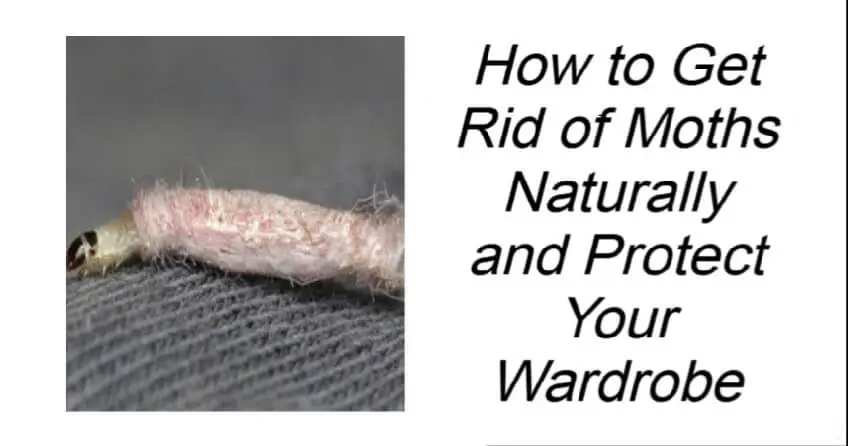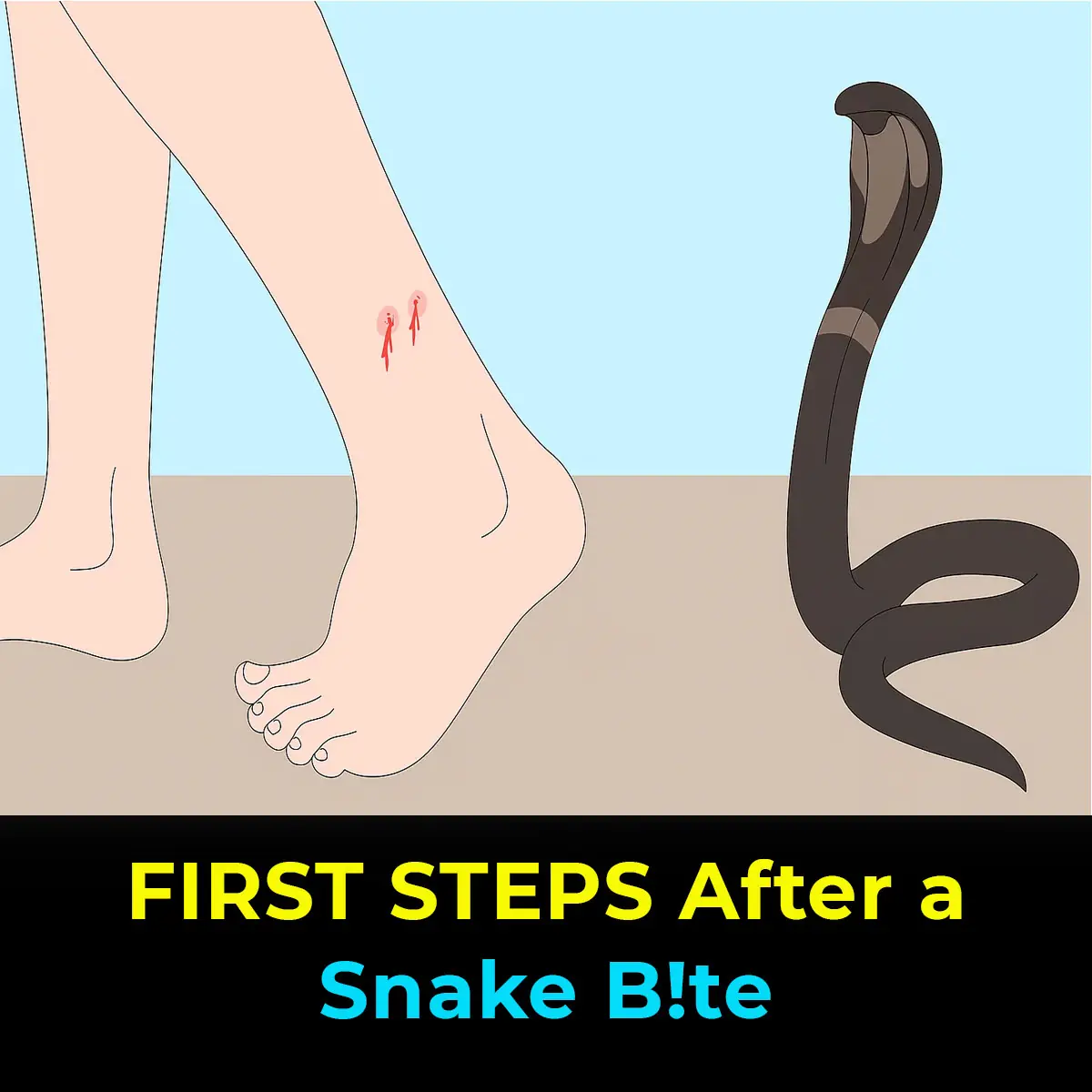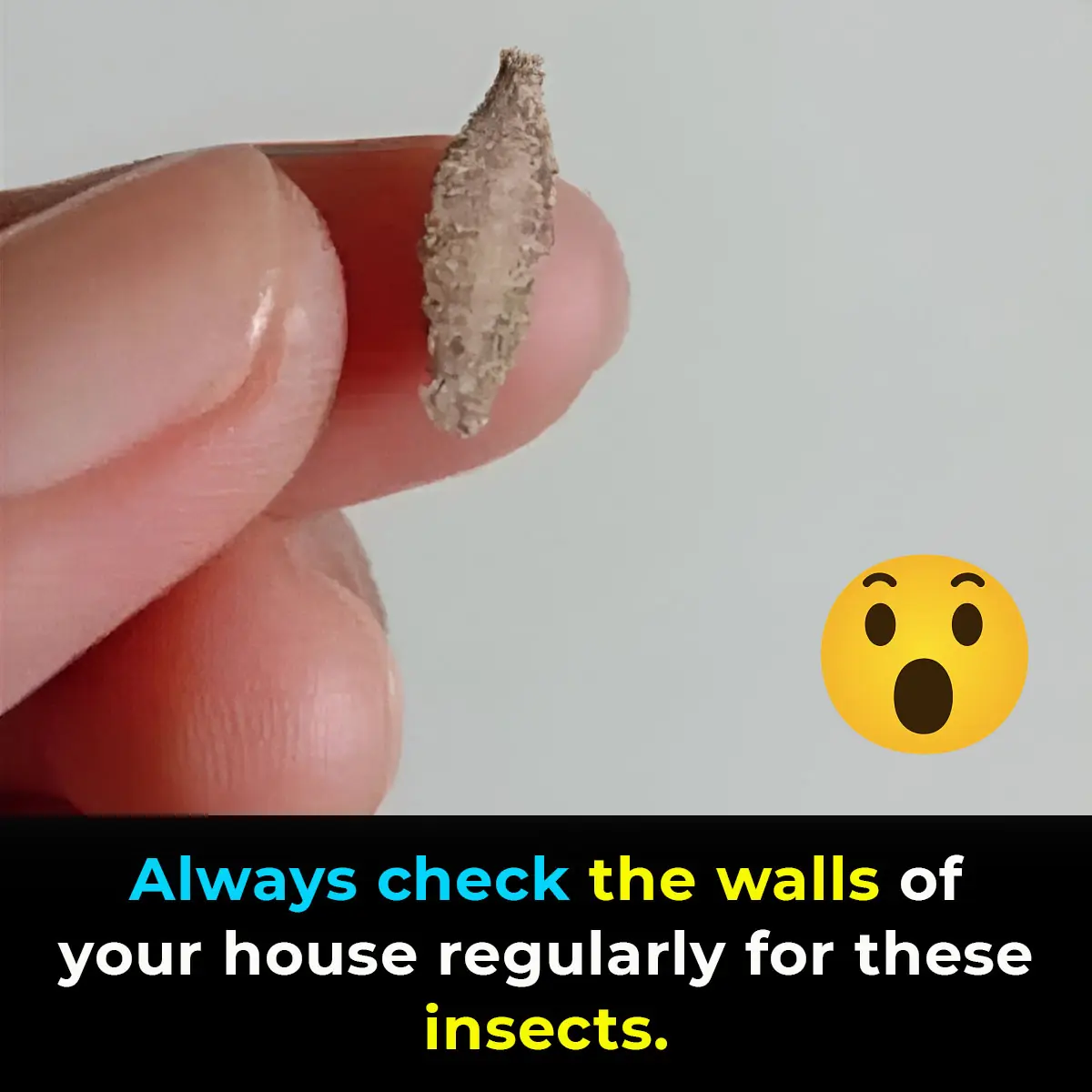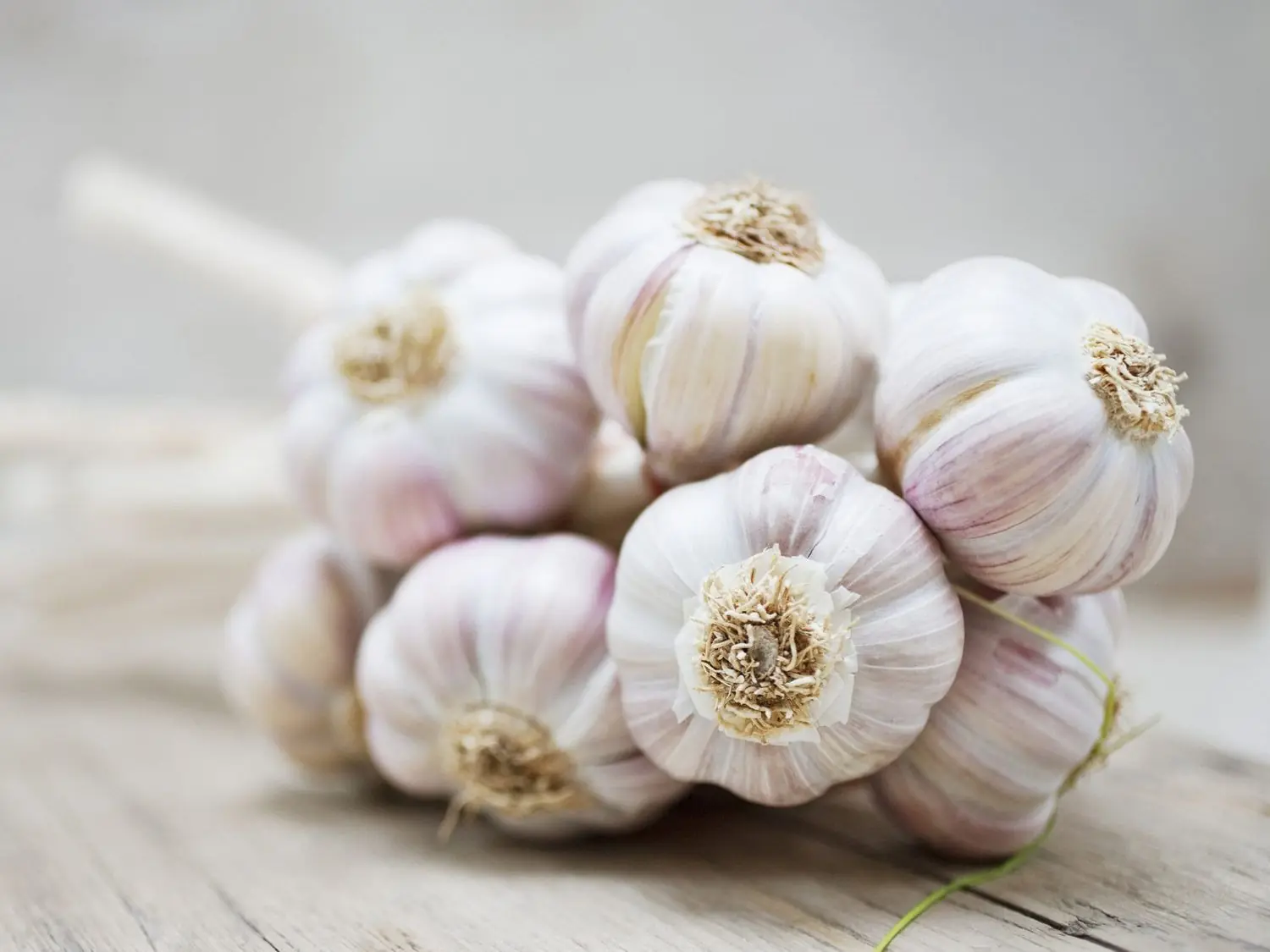
How to Get Rid of Moths Naturally

At first glance, moths might seem harmless—just tiny, fluttering insects that occasionally bump into your lampshade. But don’t be fooled. These modest-looking creatures can cause significant damage to your wardrobe, upholstery, and even sentimental items like books or family heirlooms. A moth infestation often goes unnoticed until it's too late—until you spot irregular holes in your favorite sweater or frayed edges on your beloved scarf.
What’s especially deceptive is that it’s not the adult moths doing the damage. The real culprits are their larvae. These tiny, soft-bodied caterpillars hatch from eggs laid on natural fibers and immediately begin feeding. They spin protective cocoons to mature in, continuing the cycle of destruction.
The good news? You don’t have to resort to harsh chemicals to win this battle. Below are effective, eco-friendly strategies that help repel moths and protect your clothing, carpets, and household fabrics—naturally.
What Are Moths, Really?
Moths are winged insects that belong to the order Lepidoptera, the same family as butterflies. However, while butterflies get all the love for their color and grace, moths are far more prolific. There are approximately 160,000 known species of moths globally—compared to only 17,500 butterfly species. In the U.S. alone, around 11,000 moth species exist, ranging from minuscule to massive.
Their sizes vary dramatically—from the tiny pygmy moth with a wingspan of less than 4 mm to the gigantic Atlas moth, whose wingspan can reach up to 12 inches. But despite their size, it’s not their appearance that concerns most homeowners—it’s the potential damage they can inflict.
Moths are especially drawn to natural fibers like wool, silk, cashmere, and cotton—making your wardrobe a prime target.
Top Natural Ways to Repel Moths from Clothes and Closets
1. Lemongrass Sachets
Lemongrass isn’t just refreshing—it’s also one of the most effective natural moth repellents. Its strong citrusy aroma overwhelms the moths’ delicate senses.
How to use:
-
Chop fresh lemongrass into small pieces.
-
Fill breathable sachets or muslin bags with the chopped leaves.
-
Place them in drawers, closets, or coat pockets.
-
Replace sachets every 2–3 weeks to maintain potency.
Lemongrass oil contains natural insecticidal compounds that make your storage areas inhospitable to moths and other pests.
2. Lavender Spritz & Sachets
Lavender has long been cherished for its calming scent—and as a natural insect repellent. It not only deters moths but also adds a pleasant aroma to your home.
Try this:
-
Mix 10–15 drops of pure lavender essential oil with 1 cup of water in a spray bottle.
-
Lightly spritz garments, drawers, or closets (avoid soaking).
-
Create sachets using dried lavender buds and place them among your folded clothes.
Lavender works by masking the body oils, food stains, or natural scents that attract moths in the first place.
3. Vinegar Furniture Polish
White vinegar is a household hero. It disinfects, neutralizes odors, and doubles as a moth deterrent—especially when cleaning wooden surfaces.
To make your own spray:
-
Mix equal parts distilled white vinegar and water.
-
Lightly mist closet interiors, wooden hangers, and shelving.
-
Wipe clean with a soft cloth.
-
Spot test first to ensure it’s safe on surfaces.
This solution not only deters moths but also refreshes your storage space and removes residues that attract pests.
4. High-Heat Ironing
Heat is a proven killer of moth eggs and larvae—many of which are invisible to the naked eye.
How to do it:
-
Set your iron to the hottest temperature your fabric allows.
-
Iron clothes thoroughly, paying attention to seams, cuffs, and folds.
-
Let garments cool before returning them to your closet.
This method is especially useful after purchasing secondhand clothing or unpacking stored garments.
5. Thorough Vacuuming
Moths thrive in undisturbed, dusty corners—especially under furniture or in the back of your closet. Regular cleaning helps interrupt their life cycle.
Vacuuming tips:
-
Focus on closet floors, baseboards, corners, under rugs, and behind furniture.
-
Use narrow attachments to reach tight spaces.
-
Dispose of vacuum bags immediately after use to prevent re-infestation.
To boost effectiveness, sprinkle some baking soda mixed with a few drops of lavender or eucalyptus oil on carpets before vacuuming.
Why You Should Avoid Mothballs
Traditional mothballs may be effective, but they come with serious health and environmental risks. They typically contain naphthalene or paradichlorobenzene, chemicals known to release toxic fumes over time.
Potential health risks include:
-
Headaches and dizziness
-
Respiratory irritation
-
Nausea or vomiting
-
Liver and kidney damage with prolonged exposure
Because of these dangers, mothballs are particularly risky in homes with pets or children. Fortunately, nature offers safer and equally effective alternatives.
Additional Tips for Moth Prevention
To further moth-proof your home, consider these habits:
-
Store off-season clothing in airtight containers or garment bags.
-
Wash clothes before storing—moths are attracted to sweat, oils, and food residue.
-
Rotate your wardrobe periodically to disturb any settled pests.
-
Use cedar blocks or chips as a natural repellent (refresh with cedar oil every few months).
Final Thoughts
Preventing moth damage doesn’t have to mean exposing your home—and your lungs—to toxic chemicals. With a little consistency and a few natural remedies like lavender, lemongrass, vinegar, and good old-fashioned cleaning, you can protect your wardrobe and enjoy a fresh-smelling, moth-free home.
Sometimes, the best solutions are the simplest—and the safest.
News in the same category


A Nigerian Scientist Developed a High-Tech Cancer-Detecting Goggles That Help Surgeons Spot Cancer Cells More Accurately.

Scientists discover ultra-massive 'blob' in space with a mass of 36,000,000,000 suns

What’s the Small Hole in a Padlock For?

World’s First Surviving Septuplets Celebrate 27th Birthday

What to Do Immediately After a Snake Bite

Ever Seen This Creepy Wall-Clinging Moth? Meet the Kamitetep

Flight attendant explains the unexpected reason cabin crew keep their hands under their thighs during takeoff and landing

People Are Just Realizing Why Women’s Underwear Have A Bow On Front

Setting Your AC to 26°C at Night Might Not Be the Best Idea

What’s the Small Hole in a Padlock For?

Say Goodbye to Joint and Foot Pain with a Relaxing Rosemary Bath

Gyan Mudra benefits revealed: How this ancient hand gesture can boost your mind and body

Man, 76, dies while trying to meet up with AI chatbot who he thought was a real person despite pleas from wife and kids

Black Cat at Your Doorstep? Here's the Hidden Spiritual Meaning and What It Reveals About You
It’s not unusual to open your front door and discover a mysterious cat waiting to be let in. While some see this as a spiritual sign of good luck, the truth is often much more practical—and just as fascinating.

NASA crew begins gruelling training for monumental mission that's not been done in 50 years

User 'terrified' after AI has total meltdown over simple mistake before repeating 'I am a disgrace' 86 times

$1M Plastic Surgery TV Star’s Transformation

My Wife Had a Baby with Dark Skin – The Truth That Changed Everything
News Post

You Can Adopt Puppies That Were ‘Too Friendly’ to Become Police Dogs

A Nigerian Scientist Developed a High-Tech Cancer-Detecting Goggles That Help Surgeons Spot Cancer Cells More Accurately.

Final straw that led to billionaire CEO's desperate escape from Japan inside 3ft box

Mutant deer with horrifying tumor-like bubbles showing signs of widespread disease spotted in US states

'Frankenstein' creature that hasn't had s3x in 80,000,000 years in almost completely indestructible

Scientists discover ultra-massive 'blob' in space with a mass of 36,000,000,000 suns

When a Washing Machine Shows 7kg, 8kg, or 10kg, Is That the Weight of Dry or Wet Clothes? The Real Meaning Behind These Numbers Is Something That Few People Know

Place a Bowl of Salt in the Fridge: A Small Trick, But So Effective — I Regret Not Knowing It for 30 Years

If Your White Walls Are Dirty, Don’t Clean Them with Water — Use This Trick for a Few Minutes, and Your Wall Will Be as Clean as New

Bubble Wrap Has 4 Uses 'As Valuable as Gold' — But Many People Don’t Know and Hastily Throw It Away

3 Ways to Prevent Snakes from Entering Your House: Protect Your Family

5 Household Devices That Consume More Electricity Than an Air Conditioner: Unplug Them to Avoid Skyrocketing Bills

How a Common Kitchen Powder Can Help Your Plants Thrive and Bloom

How to Effectively Clean Black Mold from Your Refrigerator Gasket in Just 5 Minutes

10 Early Warning Signs Your Blood Sugar Is Way Too High

If Your Legs Cramp at Night You Need to Know This Immediately

Warning Signs Your Body Is Full of Parasites and How to Effectively Eliminate Them Naturally

Warning Signs of a Parasite Infection And How to Eliminate It for Good

What Raw Garlic Can Do for Your Health Is Truly Unbelievable
